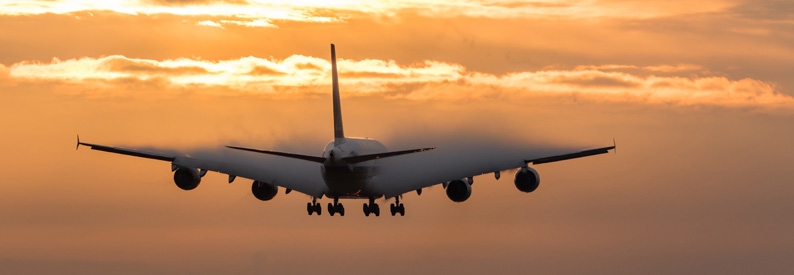ADS-B In Is Transforming Aviation Safety and Efficiency

As global air traffic accelerates and runway congestion grows, the aviation industry is rapidly adopting next-generation technologies to enhance safety and optimize operations. ADS-B In (Automatic Dependent Surveillance–Broadcast In) is emerging as one of the most impactful tools—providing pilots with real-time GPS-based situational awareness and reducing reliance on traditional radar systems.
Aviation Week spoke with Robin Glover-Faure of Acron Aviation to explore how ADS-B In is reshaping runway safety, airline efficiency, and the future of airspace management.
Reducing Runway Incursions With Real-Time Awareness
With more than 1,400 runway incursions recorded last year, ADS-B In directly addresses one of aviation’s most persistent risks. Today, pilots rely almost entirely on air traffic control for surface-movement separation. ADS-B In changes that by displaying nearby aircraft and vehicles on cockpit maps.
Glover-Faure cites a recent incident where a business jet crossed an active runway, forcing a commercial airliner into a costly and risky touch-and-go. ADS-B In would have alerted the crew well in advance, potentially preventing the event.
Mandating ADS-B In: What’s Holding Back Legislation?
Glover-Faure has been working with the U.S. Senate on the ROTOR Act, which aims to mandate ADS-B In technology. While mandates typically face pushback, this effort has unusual industry-wide support—including pilots, GAMA, major airlines, and the FAA.
The main hurdle? Cost and infrastructure.
Upgrading ATC systems, training controllers, and updating aircraft requires coordination. Acron Aviation and Thales already offer a certified retrofit requiring only a software update and a small display module, but airlines want operational benefits beyond safety before fully committing.
Proven Efficiency Gains: Why Isn’t Adoption Universal?
Trials at Dallas/Fort Worth showed zero separation deviations and enabled up to five additional landings per hour. ADS-B In doesn’t reduce assigned spacing—it eliminates the variability around it. Pilots receive precise speed commands that maintain exact separation at every waypoint.
These small improvements yield big returns:
- 10–20 seconds saved per flight
- Millions in annual fuel savings
- More reliable block times, even in bad weather
- Potential for additional daily flights per aircraft
But airlines want certainty that the FAA will support the infrastructure and controller training needed for broad adoption.
A New Era of Pilot–Controller Collaboration
ADS-B In shifts communication from a one-way directive model to a shared operational environment. Pilots can see exactly what controllers see—complete with aircraft IDs, paths, speeds, and projected positions.
This transparency:
- Reduces repeated radio calls
- Improves accuracy of pilot responses
- Enhances situational awareness during complex operations
- Turns pilots into active partners in separation management
It also represents a leap beyond traditional TCAS, offering GPS-precision data rather than rough RF-based bearings.
Why Airlines Should Invest in SafeRoute+ Now
While safety is a major driver, the business case is even stronger. ADS-B In supports optimized approaches, minimizes delays, and reduces fuel burn. Airlines adopting it early gain measurable advantages:
- Higher on-time performance
- Fewer go-arounds and delays
- Ability to schedule tighter block times
- Stronger competitive positioning in key markets
As Glover-Faure emphasizes, ADS-B In is not just a safety upgrade—it is a strategic investment in operational excellence that will define the future of airspace management.
Related News: https://airguide.info/category/air-travel-business/travel-health-security/
Sources: AirGuide Business airguide.info, bing.com, aviationweek.com
